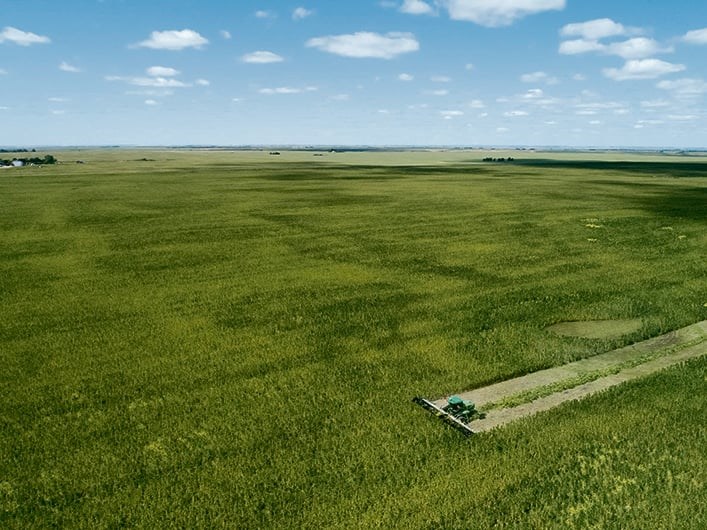YORKTON - Diversification was not so long ago the vision in terms of strengthening Prairie agriculture.
Hogs were to be a key component of that utilizing cheap feed grain, cheap land and a ready supply of staff, all of which were to make the sector lucrative.
Then key crops, particularly canola boomed.
Other crop prices dragged higher, and land values climbed, as the workforce looked elsewhere than a pig barn too, and that sector stumbled.
Cropping was supposed to diversify too, with a number of alternatives briefly gaining interest, then fading; pinto beans, lupins, borage, quinoa and others – a few hanging on a low acre specialty crops.
Today it’s very much canola, and then typically a cereal grown primarily because you can’t continuous crop canola without courting disaster.
In the U.S., it’s corn and soybeans, and other crops being again largely specialty crops.
It makes sense from the perspective of planting that which offers the greatest opportunity for large returns.
However, in the process perhaps crops which offer the greatest potential toward our collective future are being largely over looked.
The most obvious crop in that regard is hemp.
Now hemp is not a crop which will contribute greatly to feeding the masses, although the problem of world hunger is largely an issue of wealth distribution not food shortage, but hemp seed has 50 per cent more protein than almonds according to the National Hemp Association’s Facebook page.
As a fibre producer hemp can be used in everything from cloth to wood substitutes to uses in composites for car parts, and home insulation.
The potential versatility is intriguing, especially when cutting less trees or using less water than cotton are factored into the equation.
Of course hemp faces issues which are always in the way of new crops.
It is difficult to commit acres to production without established markets to sell into and that means processors needing product.
But, its equally difficult to create substantial processing capacity without crop supply on one side, and established markets on the other.
A market is difficult to create without product supply. A company isn’t switching to using hemp if they may not be able to buy supply every time they need it.
And of course there are long-established products whose companies are not going to give up market share easily.
So as broadly based as the potential of hemp may be it may be years, if ever, before it supplants canola, soybeans, corn and wheat in a significant ways – which is the same story with many crops with potential which was never realized.






